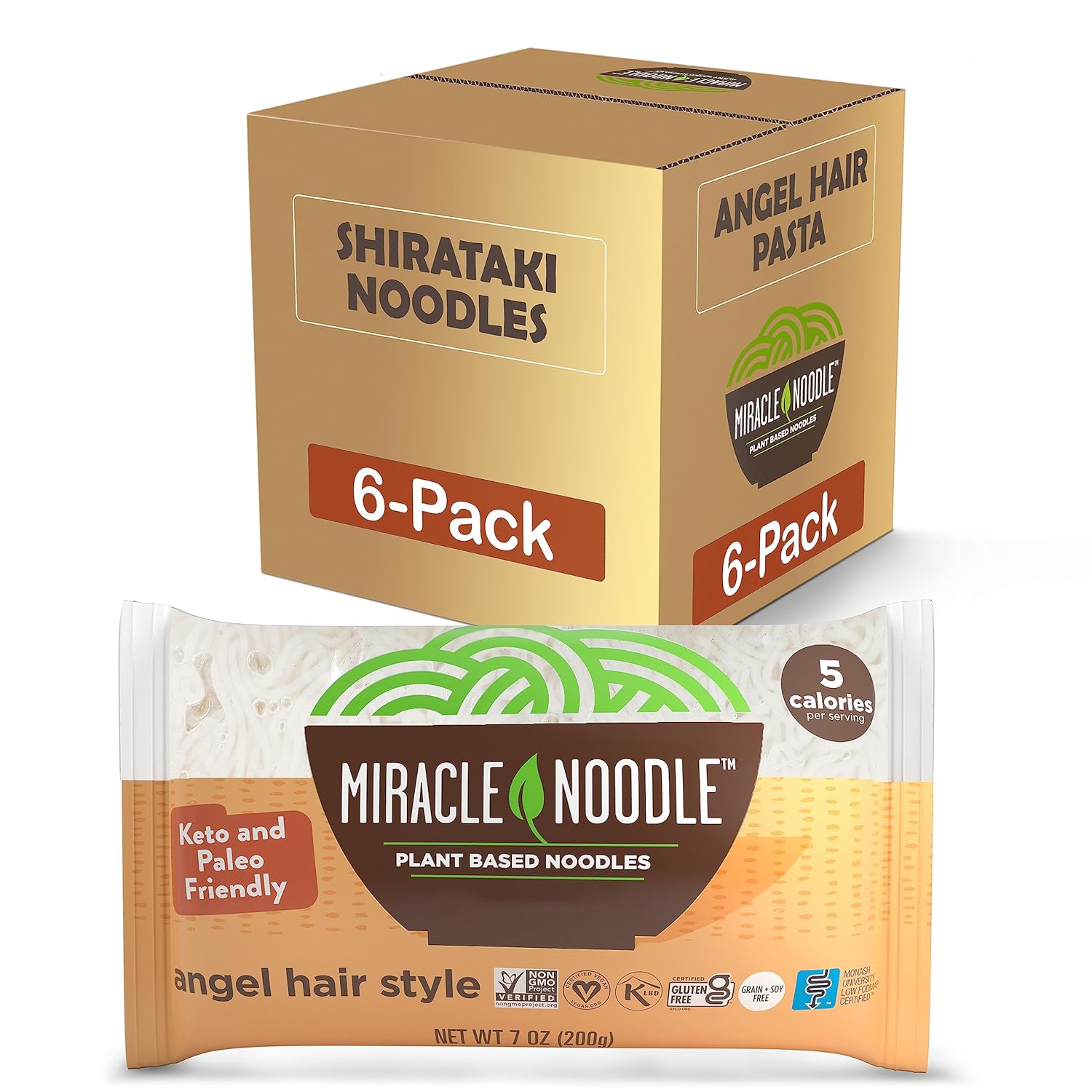“If you don’t eat this one food, you will die sooner….”
“Buying this one common item at the supermarket could save your life….”
“5 Foods that can help you Live to 100….”
In an effort to boost web traffic, sell more products or newspapers or magazines, editors often exploit readers’ emotions with Armageddon-impending, you’re-a-sucker-if-you-don’t-read-this news headlines.
In the vast, largely unregulated, billion-dollar empire of nutrition, online supplement companies need to prey on human emotion to sell pills, powders and other products that are cleverly marketed and implied that they are absolutely necessary for being healthy.
Along with gluten-free foods, so-called ‘superfoods’ have generated lots of buzz through the web, popular TV shows, and in books authored by doctors and other authority figures. Food marketers are labeling more and more items as superfoods in order to move product.
Are all superfoods hyped?
No. There are legitimate superfoods. The problem is that the most common and more affordable superfoods are not marketed as such, while other foods, especially, those that convey exoticicism--in name and geographic origin--are heavily promoted as superfoods.
But this group of superfoods typically cost significantly more and offer the same benefits as more common superfoods. So let’s divide superfoods into two groups:
--Common superfoods
--Exotic superfoods
Before giving examples of each category, though, with the intention of helping you improve your health and saving you money, let’s answer the fundamental question….
What is a superfood?
A superfood contains an impressive amount of phyto- (plant) nutrients. There are several thousand phytonutrients including a few of these categories that you may have heard of:
--flavonoids
--carotenoids
--phenols
--lignans
--isoflavones
Many people are familiar with carotenoids, which give pigment to foods like…you guessed it, carrots. The common denominator for all classes of phytonutrients (also called ‘phytochemicals) is that they have been clinically proven to be powerful antioxidants. This means that superfoods protect your cells and DNA from getting mutated by free radicals that could occur from food, lifestyle or environmental factors.
Many researchers and their studies have confirmed what non-credentialed, holistic health advocates have been preaching for decades: natural plant foods have powerful antioxidant properties.
What are common superfoods?
All leafy greens, such as spinach, kale and broccoli are superfoods. So are yellow-orange vegetables such as pumpkin, sweet potato and carrots. Citrus fruits are also loaded with phytonutrients, though they are to be avoided in large amounts (limit yourself to a cup per meal or snack) if you need to control your blood sugar levels.
Some types of tea and even wine have powerful phytonutrients. So do beans like soybeans. Eggs also have phytonutrients. Even though eggs come from chickens and chickens are not plants (unless it’s a rubber chicken made from a rubber tree), chickens eat twigs, stems and other components of organic plant matter.
Other animals that have plant-derived antioxidants include wild salmon and grass-fed beef. Omega-3 essential fatty acids, another mass-marketed nutrition label, are not technically considered a phytonutrient antioxidant superfood because at its core, it’s just a fat. But wild salmon and pasture-raised beef eat algae and grass, respectively, which provide the source of the Omega-3’s.
Research concludes that Omega-3’s encourage antioxidant enzyme activity, essentially giving a super boost charge to the antioxidants in their fight against free radical damage that can potentially lead to cancer.
The bottom line with common superfoods is that they are readily available in not only high-end health food stores but supermarkets as well. Common superfoods have high ORAC scores (oxygen radical absorbance capacity), meaning they are powerful antioxidants. Other superfoods might also contain essential fatty acids, enzymes, and of course, vitamins and minerals, as well as protein and a complete profile of essential amino acids, which form the building blocks of protein.
What are exotic superfoods?
It seems that approximately a decade ago, blueberries and other berries were suddenly touted as a superfood. A short time later, berries and other fruits with exotic names became trendy superfoods. Think: mangosteen, goji berries (from the Himalayan plateau), pomegranate juice, açai (from Brazil) and chia seeds, to name a handful.
Is it bad to buy exotic superfoods? If you have the money, go for it. But to reiterate, many common superfoods have exceptional free-radical fighting abilities and may equal or even surpass exotic superfoods in their abilities to ward off cancer or other chronic diseases.
Common fruits, vegetables, grasses and non-hybridized grains as well as nuts and seeds all can be considered superfoods. In other words, foods that are found in nature and not processed, or very minimally so--and not overcooked--are superfoods.
Every food found in nature contains a unique biochemical profile. You don’t have to travel to Tibet and cultivate your own goji berries for optimal health; you might not even need to buy them at your local market to live a long life, either. But if you have a couple bucks to spare, exotic superfoods can spice up your life.
Is Miracle Noodle a superfood?
Another natural ingredient that superfoods contain is fiber, and on that criteria, yes, Miracle Noodle, also called ‘shirataki’ in Japan, is a superfood. Miracle Noodle, a zero-calorie, zero-carb all-natural pasta substitute, is 97% water and 3% fiber. The Miracle Noodle team would be lying if we said that the bulk of Miracle Noodle--shaped from the root of the konjac yam plant--ranks at the top of the ORAC scale, but for those who love eating noodles and need to lose weight and watch their blood sugar levels, Miracle Noodle is indeed a super food.
Save 15% on Miracle Noodle Every Time!
Save an additional 15% off every order by enrolling in the Miracle Noodle autoship program. Choose which products you want delivered and how often. It’s that simple. Join today!


